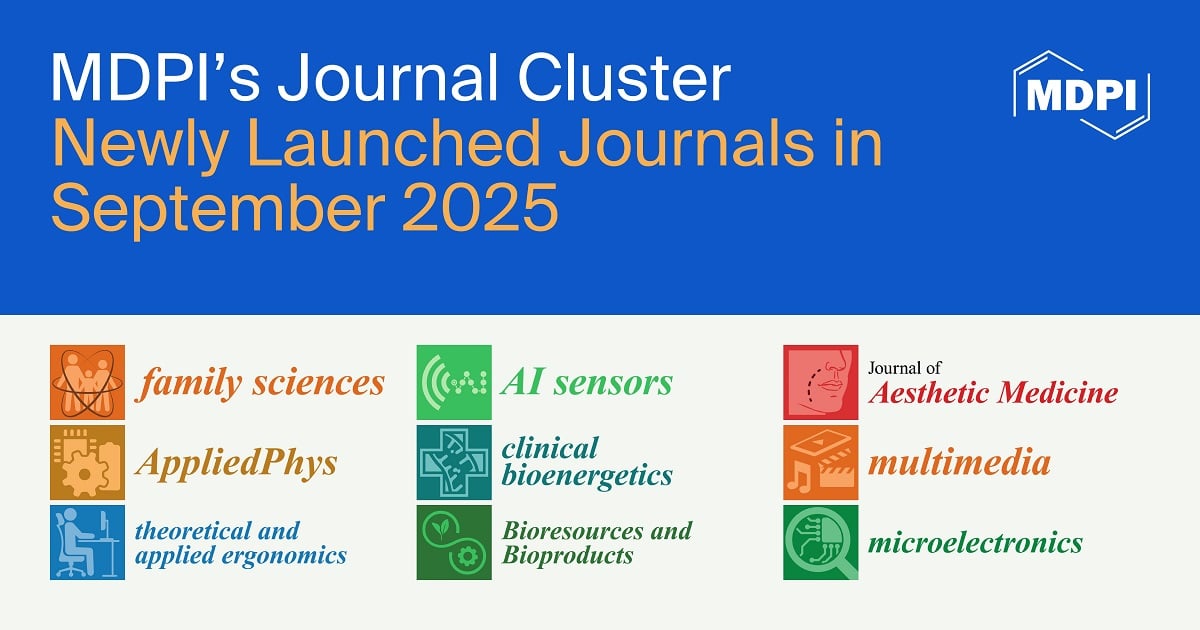-
 Effect of Farming System and Irrigation on Nutrient Content and Health-Promoting Properties of Carrot Roots
Effect of Farming System and Irrigation on Nutrient Content and Health-Promoting Properties of Carrot Roots -
 Fusion of Sentinel-2 Phenology Metrics and Saturation-Resistant Vegetation Indices for Improved Correlation with Maize Yield Maps
Fusion of Sentinel-2 Phenology Metrics and Saturation-Resistant Vegetation Indices for Improved Correlation with Maize Yield Maps -
 Agronomic Use of Urban Composts from Decentralized Composting Scenarios: Implications for a Horticultural Crop and Soil Properties
Agronomic Use of Urban Composts from Decentralized Composting Scenarios: Implications for a Horticultural Crop and Soil Properties -
 Multiple Signals Can Be Integrated into Pathways of Blue-Light-Mediated Floral Transition: Possible Explanations on Diverse Flowering Responses to Blue Light Manipulation
Multiple Signals Can Be Integrated into Pathways of Blue-Light-Mediated Floral Transition: Possible Explanations on Diverse Flowering Responses to Blue Light Manipulation -
 Microplastics in Soil–Plant Systems: Current Knowledge, Research Gaps, and Future Directions for Agricultural Sustainability
Microplastics in Soil–Plant Systems: Current Knowledge, Research Gaps, and Future Directions for Agricultural Sustainability
Journal Description
Agronomy
- Open Access— free for readers, with article processing charges (APC) paid by authors or their institutions.
- High Visibility: indexed within Scopus, SCIE (Web of Science), PubAg, AGRIS, and other databases.
- Journal Rank: JCR - Q1 (Agronomy) / CiteScore - Q1 (Agronomy and Crop Science)
- Rapid Publication: manuscripts are peer-reviewed and a first decision is provided to authors approximately 17.2 days after submission; acceptance to publication is undertaken in 1.8 days (median values for papers published in this journal in the first half of 2025).
- Recognition of Reviewers: reviewers who provide timely, thorough peer-review reports receive vouchers entitling them to a discount on the APC of their next publication in any MDPI journal, in appreciation of the work done.
- Companion journals for Agronomy include: Seeds, Agrochemicals, Grasses and Crops.
Latest Articles
E-Mail Alert
News
Topics
Deadline: 30 November 2025
Deadline: 15 December 2025
Deadline: 31 December 2025
Deadline: 15 January 2026
Conferences
Special Issues
Deadline: 5 November 2025
Deadline: 10 November 2025
Deadline: 15 November 2025
Deadline: 15 November 2025
























